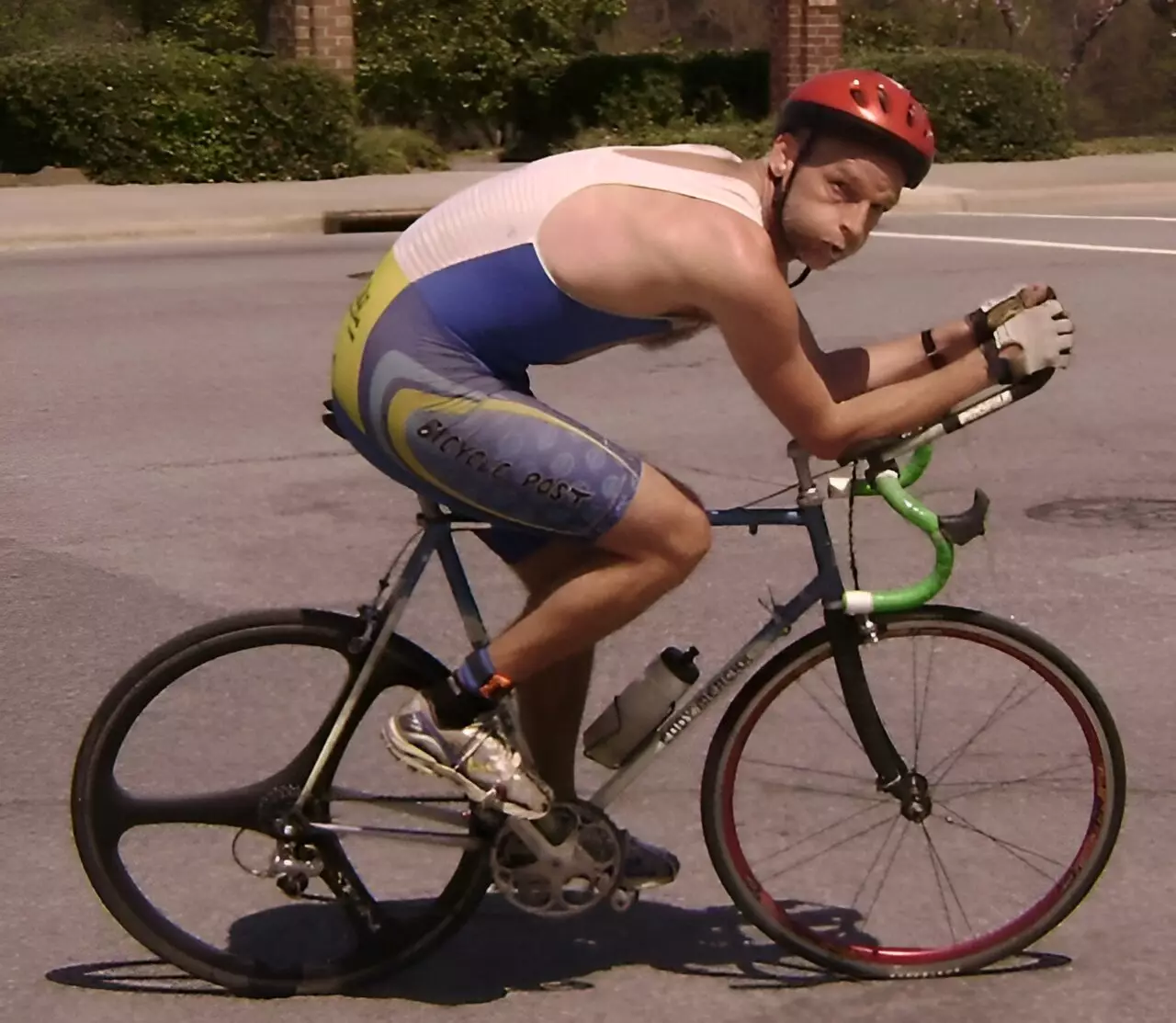Cycling enthusiasts around the world have embraced a unique challenge known as “Everesting,” wherein a cyclist aims to climb up and down a mountain to collectively reach the vertical height of Mount Everest: 8,848 meters. The allure of this challenge lies not just in the physical endurance it demands, but also in the technical intricacies that can influence a rider’s performance. Recently, this challenge has sparked debate, particularly after a notable record was set accompanied by the debate concerning the impact of a substantial tailwind during the ascents. As the community seeks to discern the influence of external conditions on performance, discussions around wind resistance and its implications have surfaced, revealing the nuanced relationship between physics and cycling.
During the record-setting attempt, the cyclist benefited from a tailwind measuring 5.5 meters per second, prompting many to question whether external factors like wind should be considered when evaluating performance. The prevailing thought was that a strong tailwind might facilitate a riding experience akin to descending on flat terrain, allowing the rider to ascend more easily. However, the scientific opinion on this matter, largely voiced by experts like Martin Bier, a physics professor at East Carolina University, indicates the complexity of aerodynamics in cycling.
Though common sense might suggest that a tailwind provides a substantial boost, Bier’s analysis points to the counterintuitive nature of cycling dynamics, particularly during uphill climbs. With increased cycling speed, the forces exerted by air resistance grow exponentially—specifically, they increase with the square of speed. This means that while a tailwind may appear to assist the cyclist, the climb’s gravitational demands remain the primary obstacle, overshadowing the benefits imparted by favorable wind conditions.
Bier elaborates on the physics of cycling, distinguishing it from other athletic endeavors like running. Cycling operates on the principle of rolling motion, which minimizes energy loss compared to running, where the body undergoes constant acceleration and deceleration. However, as riders face steep gradients, the laws of physics dictate that overcoming gravitational forces becomes the primary concern.
In simpler terms, while riding uphill, doubling the energy output can translate into a proportional increase in speed. Thus, the focus for cyclists attempting to better their Everesting times should rightly emphasize enhancing power generation and controlling body weight rather than depending on fortuitous wind conditions. In fact, Bier’s research suggests that during a solo Everesting attempt, cyclists are engaging in a struggle against gravity primarily, making gusts of wind secondary to the main challenge.
A further analysis of the tailwind’s effect indicates that, while there may be some assistance on the way up, the reality is that as cyclists descend, the wind resistance—now a headwind opposing the downhill speed—significantly reduces the potential gains made during the ascent. The phenomenon is stark in its contrast: as cyclists reach 80 kilometers per hour during descents, air resistance plays a disproportionately large role. The result is that the purported assistance from a tailwind is mitigated by the opposing force encountered on the way down.
Bier’s findings contend that if cyclists are striving for optimal performance, they should not become overly fixated on ideal weather conditions. Instead, enhancing physical fitness and optimizing power output remains critical. This perspective lays bare the essence of endurance cycling—it’s a pursuit aligned with personal mastery, technical skill, and rigorous training rather than waiting for ideal conditions to surface.
In reflecting on the findings presented by Martin Bier, it becomes clear that achieving success in the realm of Everesting requires a deep understanding of the underlying physics and a commitment to rigorous training regimes. While favorable conditions such as a tailwind can provide marginal benefits, they pale in comparison to the core elements of performance—strength, endurance, and strategy. As cyclists take on the Everest challenge, elevating their focus toward practical improvements will without a doubt be far more rewarding than hoping for favorable winds on the journey ahead. In this spirit, the road to mastering Everesting continues to be paved by rigorous effort and informed training practices.


Leave a Reply